Body symmetry is a cornerstone of animal evolution, shaping everything from human faces to the structure of insects and sea creatures.
For decades, scientists have sought to understand the molecular origins of this fundamental trait.
Now, a groundbreaking study has uncovered ancient genetic mechanisms responsible for body symmetry in sea anemones, pushing the evolutionary timeline of these processes back by hundreds of millions of years.
This discovery not only deepens our understanding of animal evolution but also reveals that the roots of symmetry stretch far deeper than previously believed.
1. Ancient Origins of Symmetry
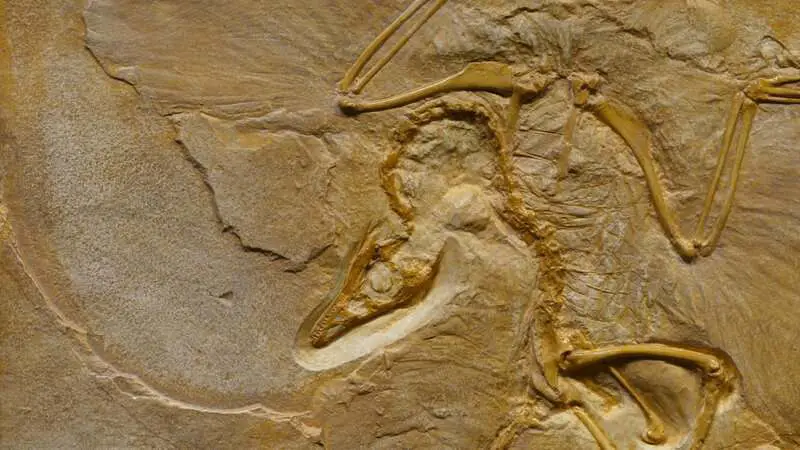
Symmetry is a defining feature of nearly all animal life, guiding the development of bodies that can move, sense, and interact with their environment efficiently.
Scientists are fascinated by how such a universal trait emerged and evolved over time.
Tracing the origins of body symmetry helps unravel the evolutionary history of animals, revealing the earliest steps in complex life’s journey.
Discoveries in ancient lineages like sea anemones offer crucial glimpses into the genetic blueprints that shaped the animal kingdom hundreds of millions of years ago.
2. The Starlet Sea Anemone as a Model
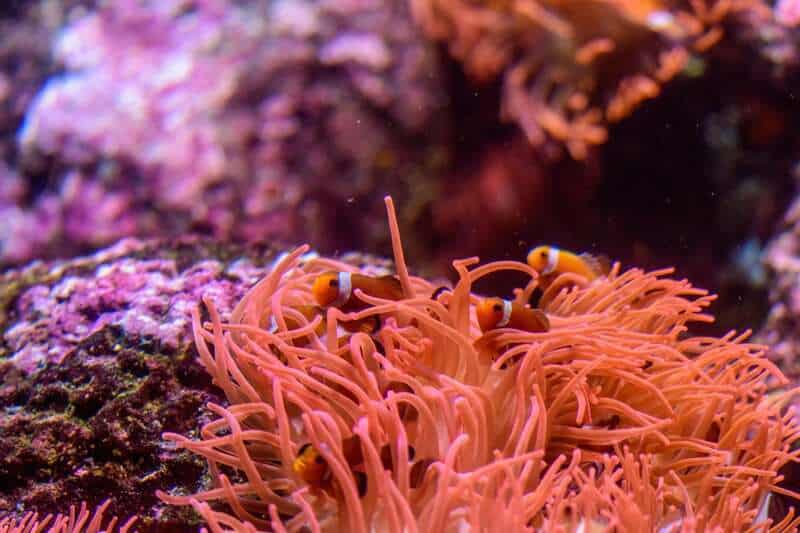
Nematostella vectensis, commonly known as the starlet sea anemone, has become a key model for studying early animal evolution.
Its simple body plan, transparent tissues, and slow development make it ideal for observing fundamental biological processes.
As a member of the ancient Cnidarian lineage, it provides rare insight into the genetic and developmental mechanisms of early multicellular animals.
Researchers value its genome and unique features for unraveling evolutionary mysteries dating back over 600 million years.
3. BMP Signaling: The Molecular Blueprint
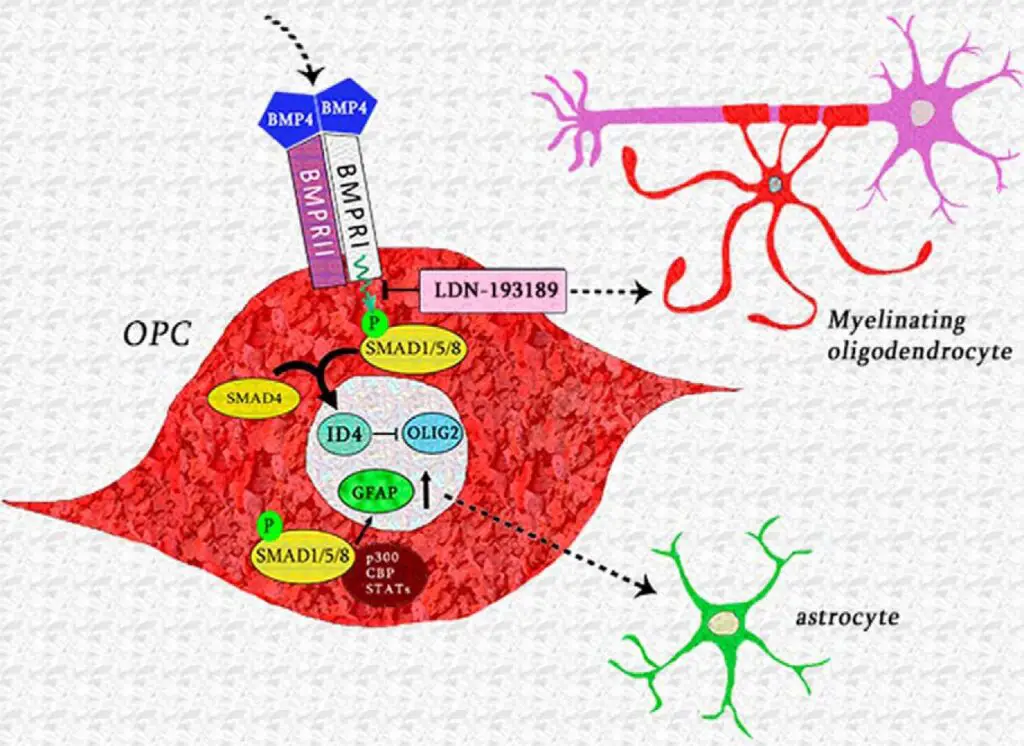
The Bone Morphogenetic Protein (BMP) pathway acts as a molecular architect in animal development, orchestrating the formation of the body’s primary axis.
This signaling network guides embryonic cells to adopt specific fates, laying down the blueprint for body symmetry and structure.
In animals from insects to vertebrates, BMP signaling determines dorsal-ventral (back-to-belly) patterning.
Its discovery in ancient animals like sea anemones reveals just how deeply rooted—and essential—this pathway is in shaping the earliest forms of complex life.
4. Chordin: The Critical Shuttle
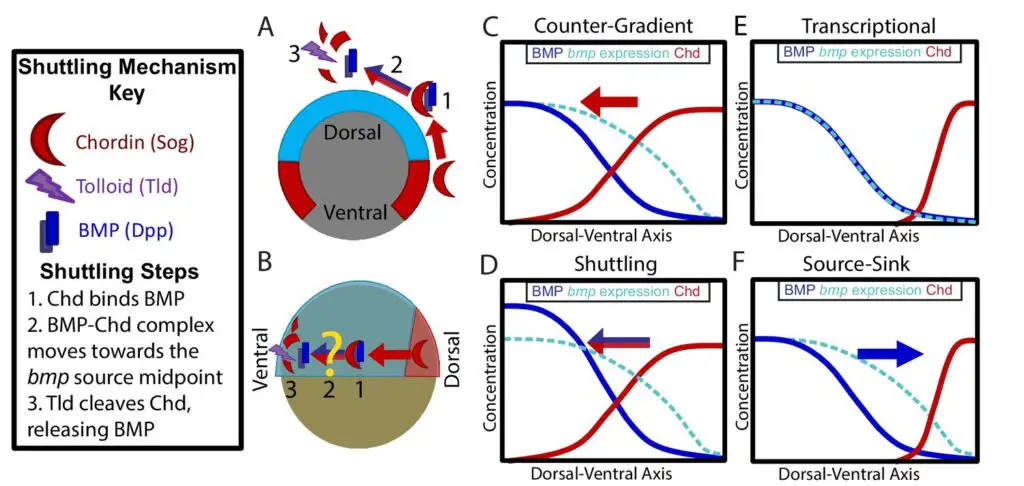
Chordin is a specialized protein known for its role as a BMP shuttle in animal embryogenesis.
In bilaterian animals, such as frogs and flies, Chordin binds BMP molecules and transports them across the developing embryo, helping to establish the body’s dorsal-ventral axis.
By modulating BMP signaling, Chordin ensures precise patterning of tissues and organs.
Its function as a molecular courier is so vital that disruptions can lead to profound developmental defects, highlighting its evolutionary importance in shaping animal body plans.
5. The Vienna Discovery
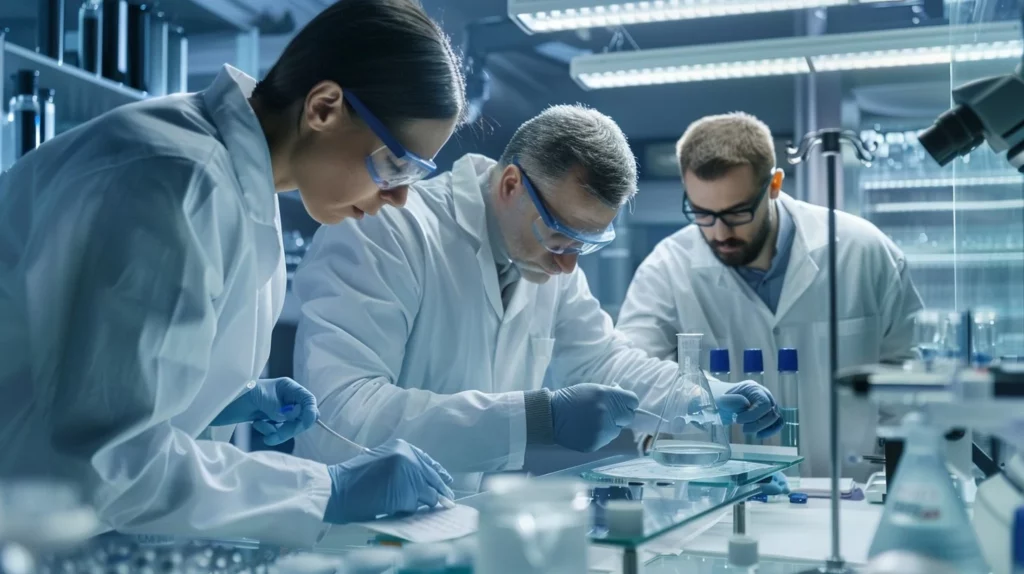
Researchers at the University of Vienna, led by Lisa Mörsdorf and Alexander Genikhovich, made a remarkable breakthrough in understanding ancient body symmetry mechanisms.
Their study, published in Science Advances, revealed that the Chordin-BMP system functions in the starlet sea anemone much as it does in more complex animals.
By carefully manipulating gene expression and tracking protein movements, the team uncovered evidence that these molecular processes originated over 600 million years ago, fundamentally shaping animal evolution.
6. Gene Editing in Sea Anemones
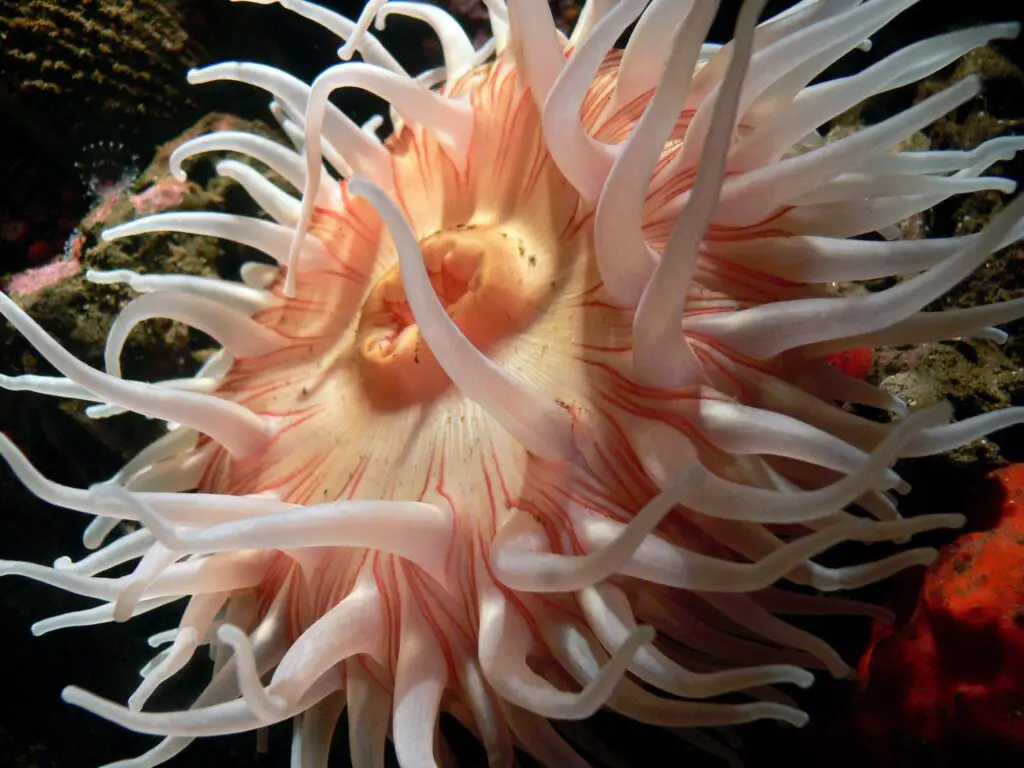
To unravel the role of Chordin, the researchers employed advanced gene-editing techniques in Nematostella vectensis.
They used targeted knockout experiments to disrupt the Chordin gene, observing dramatic changes in the anemone’s body axis formation.
Remarkably, when the gene was reintroduced, normal development was restored—a classic rescue experiment.
These manipulations provided direct evidence of Chordin’s ancient function, showcasing how modern genetic tools can illuminate the molecular secrets preserved in ancient lineages.
7. BMP Shuttling: More Than Local Inhibition
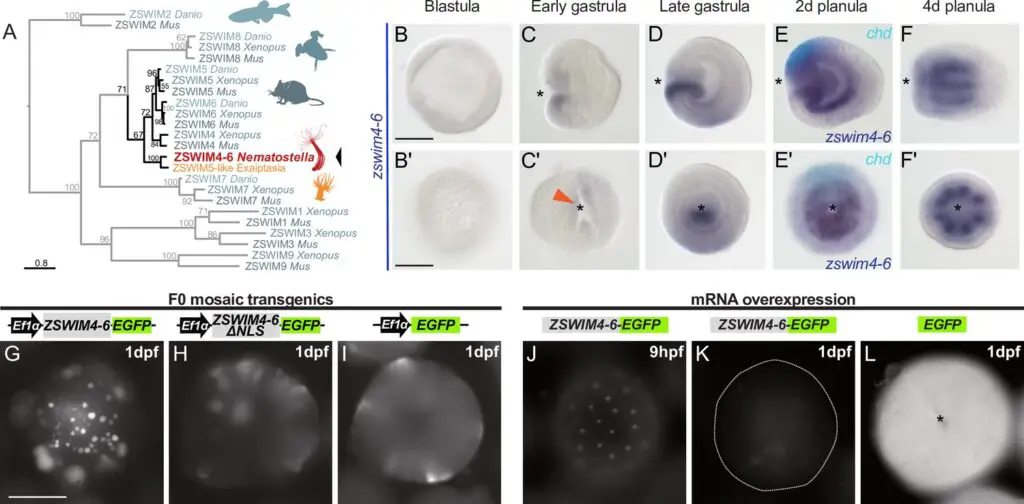
The study’s results reveal that BMP signaling in sea anemones is not merely about local inhibition, where one region suppresses activity nearby.
Instead, BMP shuttling requires the active transport of BMP molecules across the embryo, orchestrated by Chordin.
This dynamic process creates precise gradients essential for axis formation, contrasting with older models that viewed symmetry as a simpler, passive process.
The discovery highlights the complex choreography behind embryonic development, even in some of Earth’s earliest animals.
8. Creating Body Axis Gradients
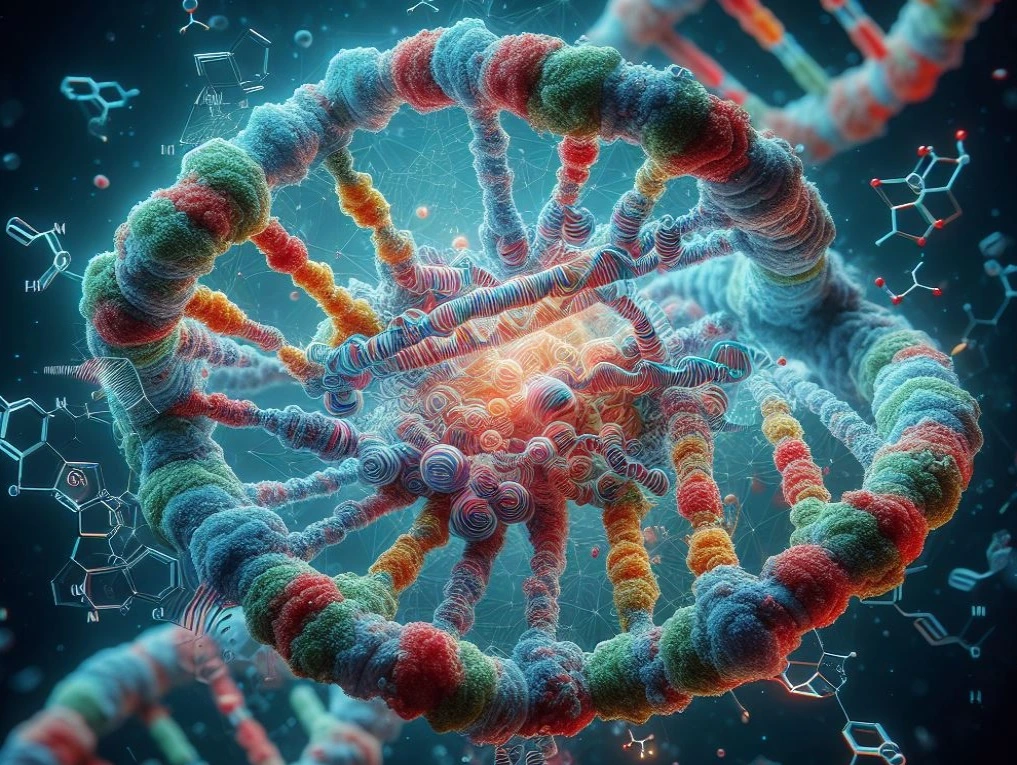
The interplay between BMP and Chordin proteins forms the foundation for body axis gradients in developing embryos.
As Chordin binds and transports BMPs, it establishes a concentration gradient across the embryo.
Cells interpret their position within this gradient, which guides their developmental fate and ensures proper tissue and organ placement.
This elegant system of molecular signaling enables the embryo to differentiate its body axis, a principle that holds true from ancient sea anemones to modern vertebrates.
9. Chordin’s Essential Role Demonstrated
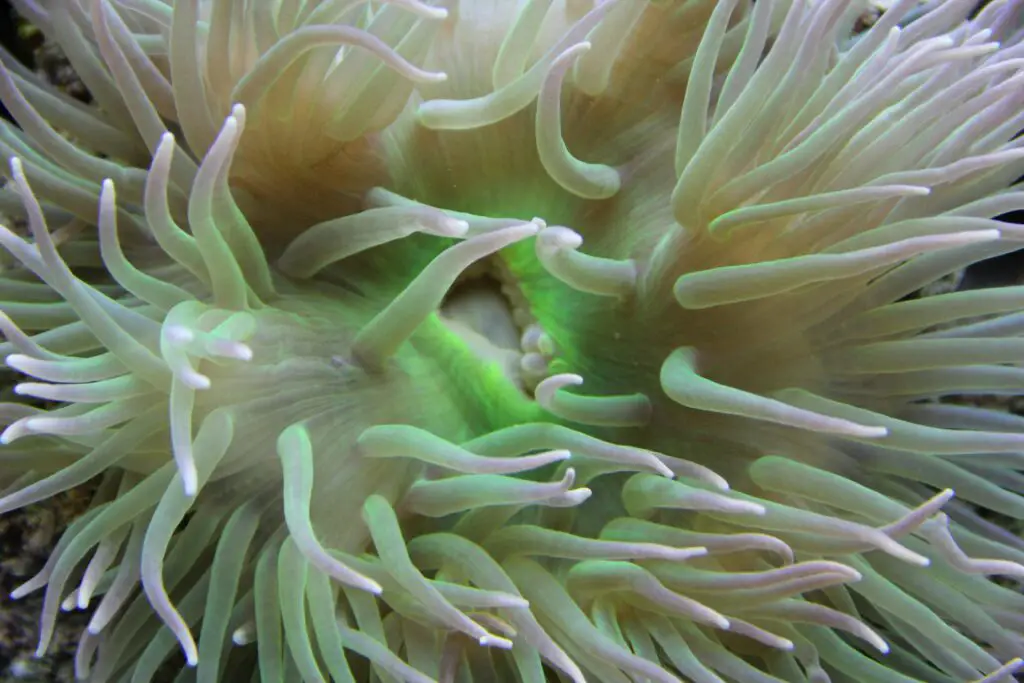
The Vienna team’s experiments provided compelling evidence for Chordin’s crucial function in axis formation.
When Chordin was genetically blocked in sea anemone embryos, the resulting animals failed to develop a proper bilateral axis.
This disruption led to abnormal tissue patterning and loss of symmetry, underscoring Chordin’s role as indispensable for organizing the embryo’s body plan.
These findings confirm that the mechanisms for establishing bilateral symmetry are deeply rooted in animal evolutionary history.
10. Rescue Experiments Confirm Mechanism
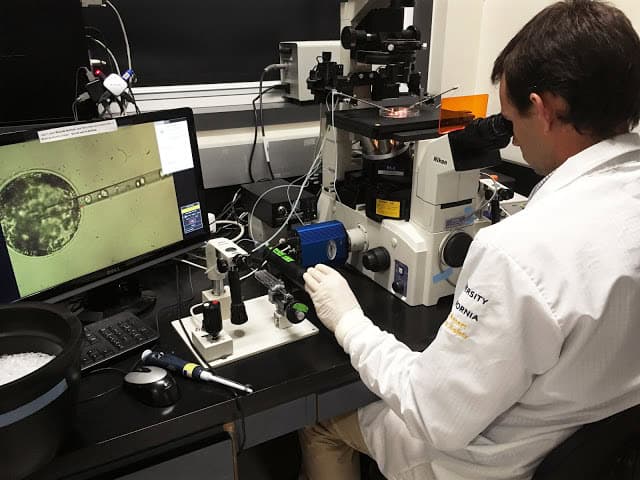
The researchers took their findings a step further with rescue experiments, introducing a diffusible form of Chordin protein into embryos lacking the native gene.
Remarkably, this intervention restored normal body axis development, providing direct evidence that Chordin’s mobility is key to its function.
These experiments confirmed that active BMP transport—rather than simple local inhibition—is fundamental for symmetry.
By reversing the developmental defects, the study solidified the ancient and essential role of Chordin-BMP shuttling in animal embryogenesis.
11. Membrane-Bound Chordin Fails to Rescue

The study’s rigor was further demonstrated when the team introduced a membrane-bound form of Chordin into deficient embryos.
Unlike its diffusible counterpart, this version failed to restore proper bilateral symmetry.
The embryos continued to display abnormal patterning, reinforcing that Chordin’s ability to move freely within the embryo is essential for its role.
These results strongly support the model that active, long-range transport—not just local action—is critical for establishing body axis gradients in early animal development.
12. Comparison with Bilaterians

The mechanism discovered in sea anemones mirrors the BMP-Chordin shuttling system seen in bilaterian animals—including frogs, flies, and sea urchins.
In these diverse species, Chordin also transports BMP proteins to establish key developmental gradients, guiding the formation of bilateral body plans.
This striking similarity suggests that the core molecular machinery for body axis formation evolved before the split between cnidarians and bilaterians, highlighting a deeply conserved evolutionary strategy across the animal kingdom.
13. Evolutionary Implications
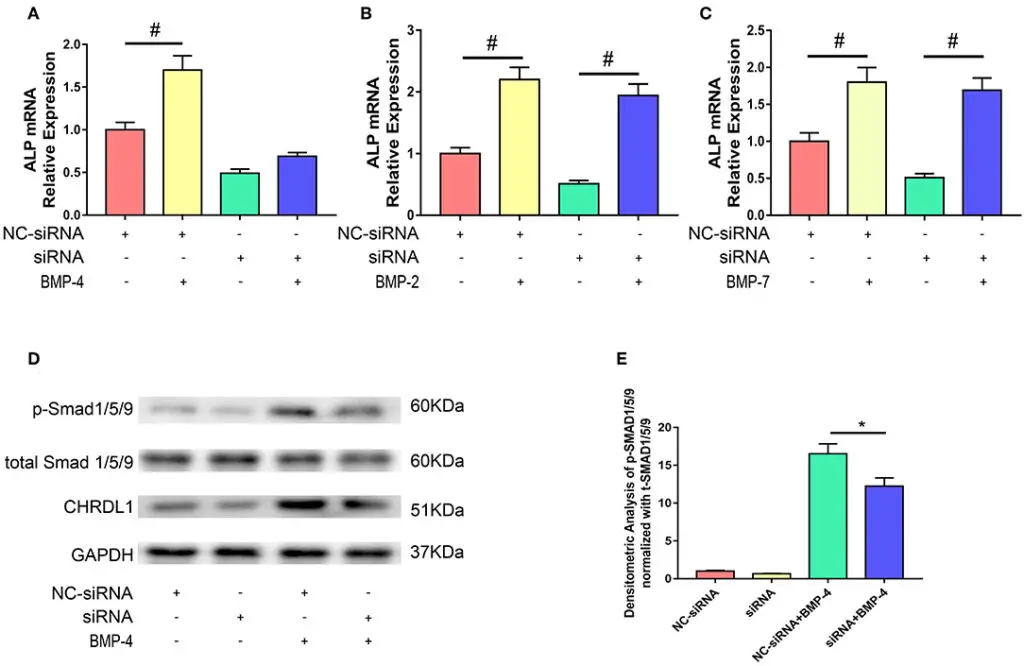
The discovery that both cnidarians and bilaterians use the BMP-Chordin shuttling system points to a remarkably ancient evolutionary origin.
This mechanism must have evolved in a common ancestor before these lineages diverged, more than 600 million years ago.
Such findings reshape our understanding of early animal evolution, indicating that the genetic toolkit for complex body axis formation was already in place in the earliest multicellular animals.
It underscores how profound molecular innovations can persist across vast evolutionary timescales.
14. Timeline: 600-700 Million Years Ago
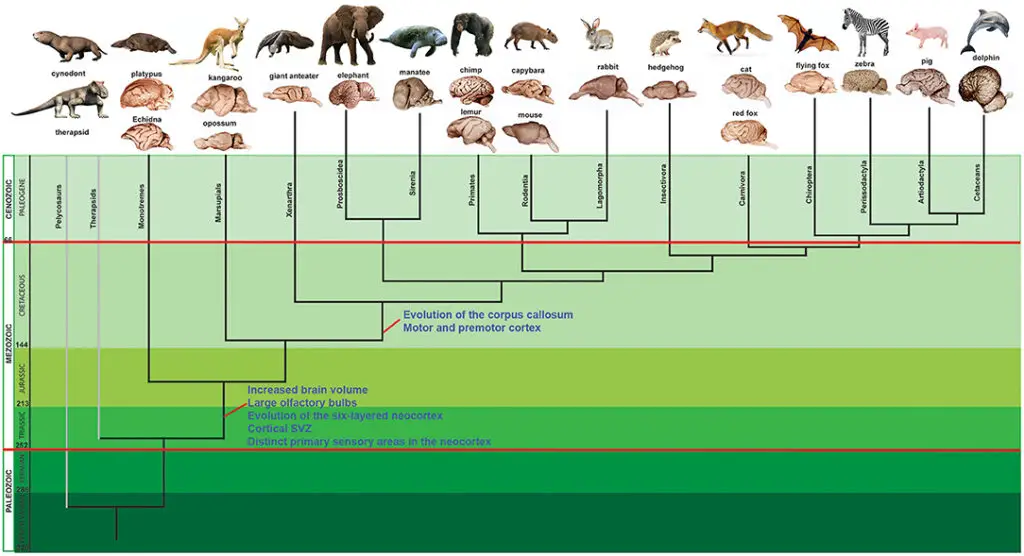
The BMP shuttling mechanism likely emerged between 600 and 700 million years ago, well before the split of major animal groups like cnidarians and bilaterians.
This timeline revises previous assumptions that such complex developmental processes arose later in animal evolution.
The presence of this mechanism in both ancient and modern animals suggests that key molecular innovations underpinning body symmetry were established at the dawn of multicellular life, profoundly shaping the evolutionary trajectory of the animal kingdom.
15. Challenging Convergent Evolution

These groundbreaking results challenge the notion that body patterning mechanisms evolved independently multiple times—a concept known as convergent evolution.
Instead, the shared use of BMP-Chordin shuttling in both cnidarians and bilaterians points to a single evolutionary origin.
This unified mechanism likely arose in the common ancestor of all complex animals, streamlining our understanding of how intricate body plans emerged so early in evolutionary history.
16. Revising the Animal Family Tree
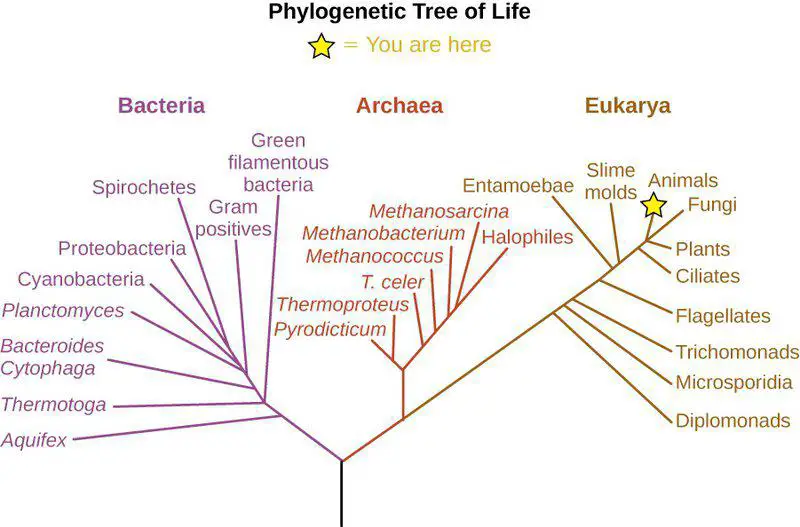
The revelation that BMP-Chordin shuttling predates the divergence of major animal groups compels scientists to reconsider evolutionary relationships among early animals.
This shared molecular heritage implies a closer kinship between lineages once thought to be more distantly related.
By re-examining the animal family tree through the lens of ancient genetic mechanisms, researchers can better trace the origins of complexity and refine our understanding of how the vast diversity of animal life took shape on Earth.
17. Broader Impacts on Developmental Biology

This discovery has far-reaching implications for both developmental biology and evolutionary theory.
By tracing key molecular processes back to the dawn of animal life, scientists gain new insights into the universality and conservation of developmental pathways.
The findings challenge traditional views on the evolution of complexity, suggesting that much of the genetic toolkit for building body plans was already in place in the earliest animals.
This not only enriches our understanding of evolution but also informs research into congenital disorders and regenerative medicine.
18. Insights into Embryonic Patterning
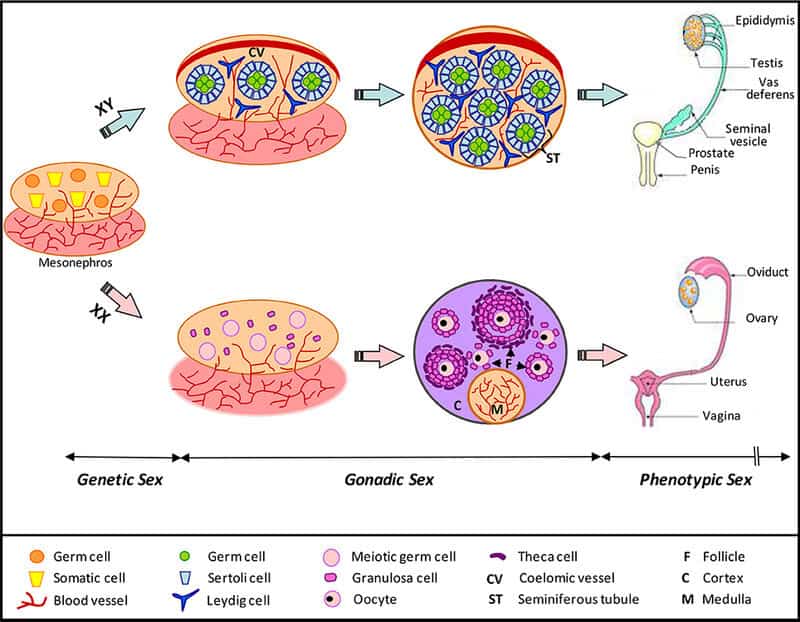
Deciphering how ancient molecular mechanisms like BMP-Chordin shuttling operate sheds light on the intricate choreography underlying embryonic development.
Understanding these conserved processes helps scientists piece together how single cells transform into complex, multi-layered organisms.
Insights from early-evolving animals such as sea anemones reveal the evolutionary roots of patterning strategies that remain fundamental in modern species, paving the way for deeper exploration of the genetic and biochemical rules that govern life’s earliest stages.
19. Potential for Future Research
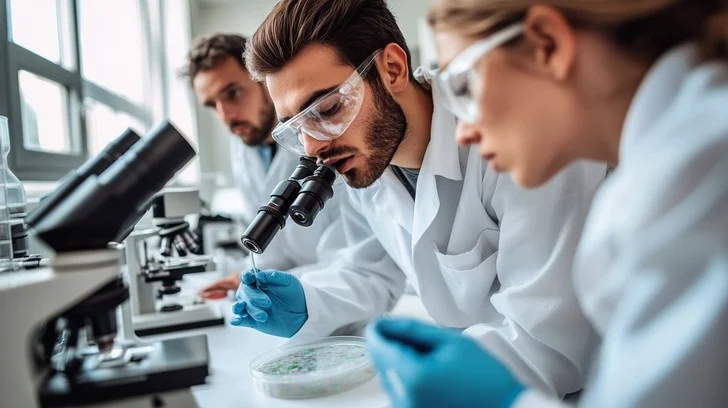
The revelation of ancient BMP-Chordin shuttling in sea anemones paves the way for a new era of evolutionary and developmental research.
Scientists can now explore whether other pre-bilaterian lineages share similar mechanisms or have evolved unique twists on body patterning.
This finding also encourages the search for even older origins of symmetry, possibly among the earliest multicellular animals.
By extending studies to a broader range of organisms, researchers can further unravel the evolutionary innovations that gave rise to the diversity of animal life.
20. Relevance Beyond Sea Anemones

The discovery of BMP-Chordin shuttling in sea anemones extends well beyond this single species.
It provides a blueprint for investigating similar pathways in other non-bilaterian animals, such as jellyfish and sponges.
Studying these ancient lineages can clarify how universal or diverse early developmental strategies were, illuminating broad evolutionary patterns.
Ultimately, this work helps bridge gaps in our understanding of animal origins and the shared genetic heritage underlying complex life.
21. A Step Closer to Understanding Animal Complexity
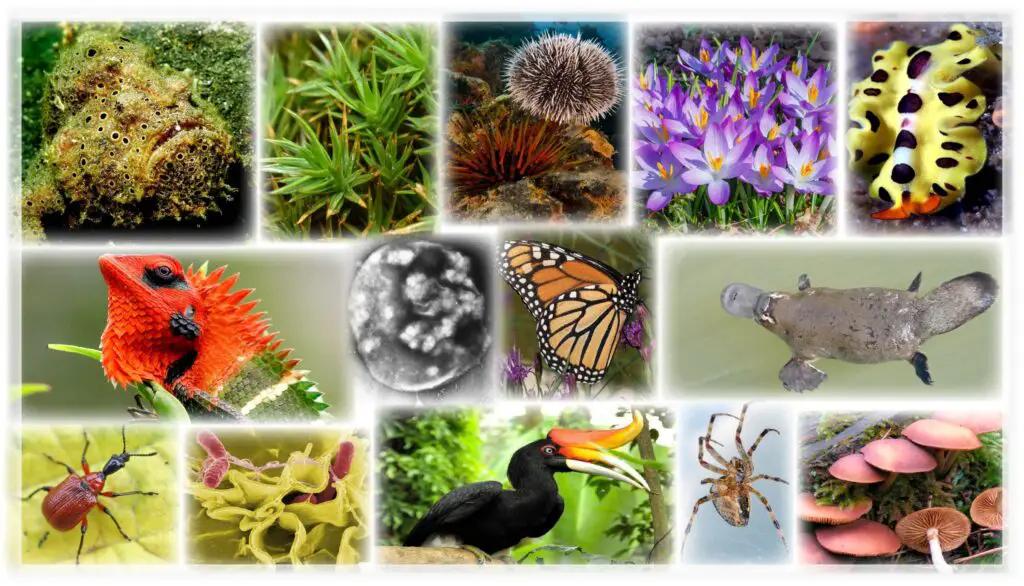
Uncovering the ancient BMP-Chordin shuttling mechanism in sea anemones marks a significant leap in our quest to understand animal diversity and complexity.
This discovery not only traces the roots of body symmetry to the dawn of multicellular life, but also unites distant branches of the animal kingdom through shared molecular heritage.
As scientists continue to explore these deep evolutionary connections, we move ever closer to unraveling the mysteries behind the remarkable forms and functions that define the animal world.
The journey into our evolutionary past promises even greater revelations ahead.

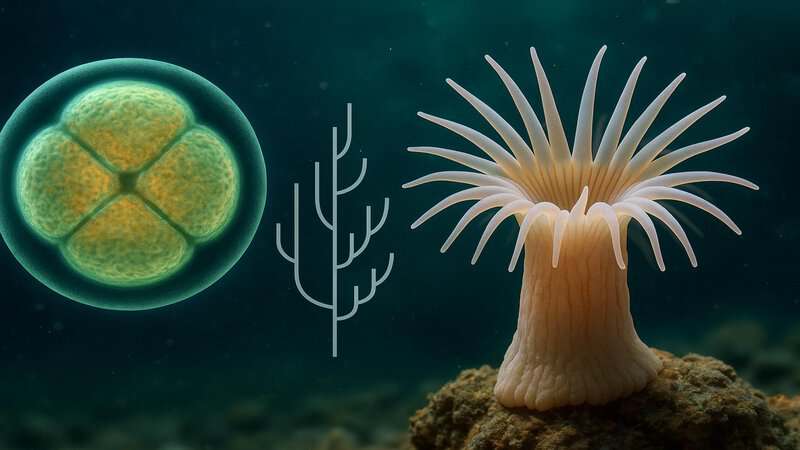

Vielleicht interessiert es Sie:
Wussten Sie! Minensuchratten auf dem Schlachtfeld und sie sind super effektiv!
Wie viele Giraffenarten gibt es? Leben sie alle in Afrika?
Der Vogel ist das Weibchen der Vögel: wahr oder falsch?
Warum bauen Biber Dämme? Welchen Nutzen?
Warum leben manche Tiere nachtaktiv? Welche Vorteile?
Küssen Tiere? Ist das die gleiche Bedeutung wie Menschen?
200+ Hilarious Seahorse Jokes That Will Make You Smile and Giggle
200+ Funny Investment Jokes to Boost Your Financial Humor Game